What is Progressive Rock? Introduction to Progressive Rock - Synthesizer Course for listening to Progressive Rock.
The epic emergence of synthesizers revolutionized music. This column examines the achievements of keyboard instruments and chronicles synthesizer & keyboard musical masterpieces, as well as the musicians and music that colored the times. Bold letters and underlines are to emphasize the important parts and the meat of the column. I hope this will deepen your understanding.
■ Classical music "progressive rock" featuring a large keyboard
Progressive rock cannot be avoided when talking about synthesizers. Progressive rock was born in England. Beautiful, technical music with a classical European flavor that incorporates the characteristics of keyboards. Later, progressive rock was called prog rock and established the genre. Usually, one song is very long, and sometimes the whole record is one song! There were also many suite-like songs that followed classical music traditions. A must-have item for progressive rock is a synthesizer and other keyboards. There was also a progressive band called King Crimson who dared not use synths....
Musicians at that time probably wanted to bring the atmosphere of a new era into their music by introducing an electric instrument, the state-of-the-art synthesizer. Representative bands include Emerson, Lake & Palmer, YES, Pink Floyd, Camel and Genesis. The momentum of progressive rock goes beyond Britain to the United States later. In the United States, "Kansas" and "STYX" followed the progressive rock style. Also, in response to that trend, TOTO's 1st album is also seasoned in a progressive style, but it is a completely different music from later albums (TOTO's 1st is a super masterpiece).
■ The masterpieces of the progressive rock
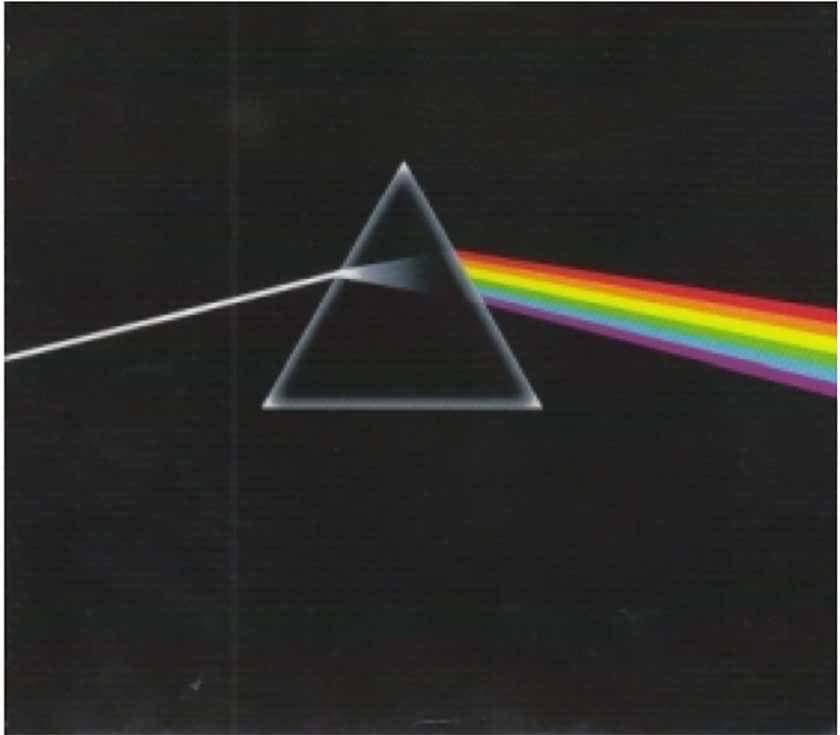
Pink Floyd "Dark Side of the Moon" (1973)
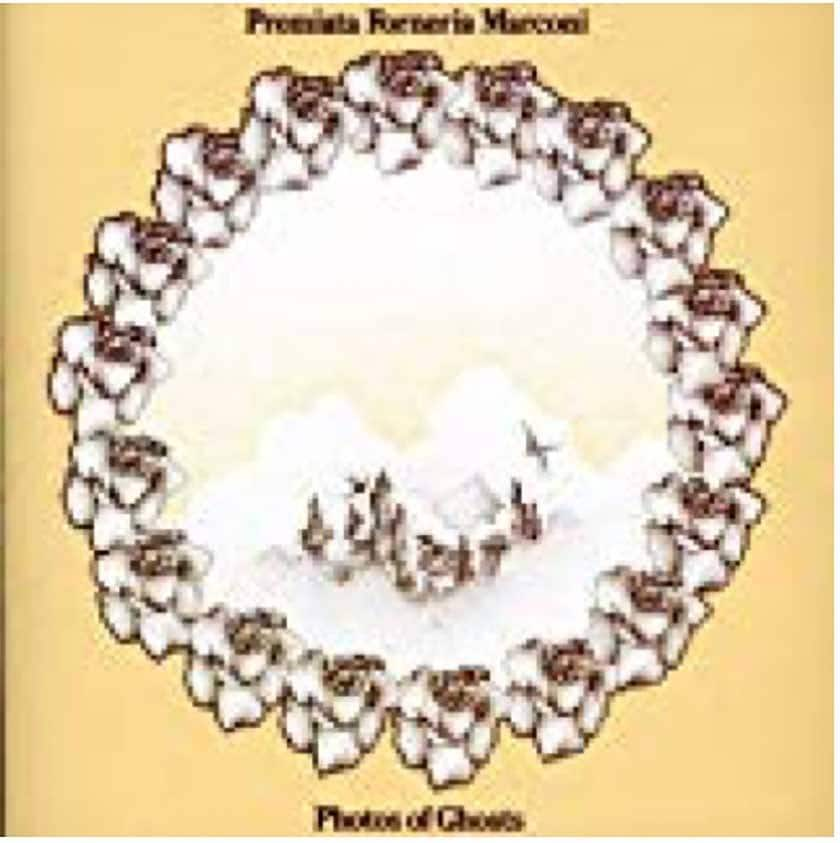
PFM "Photos of Ghosts" (1973)

Camel "Mirage" (1974)
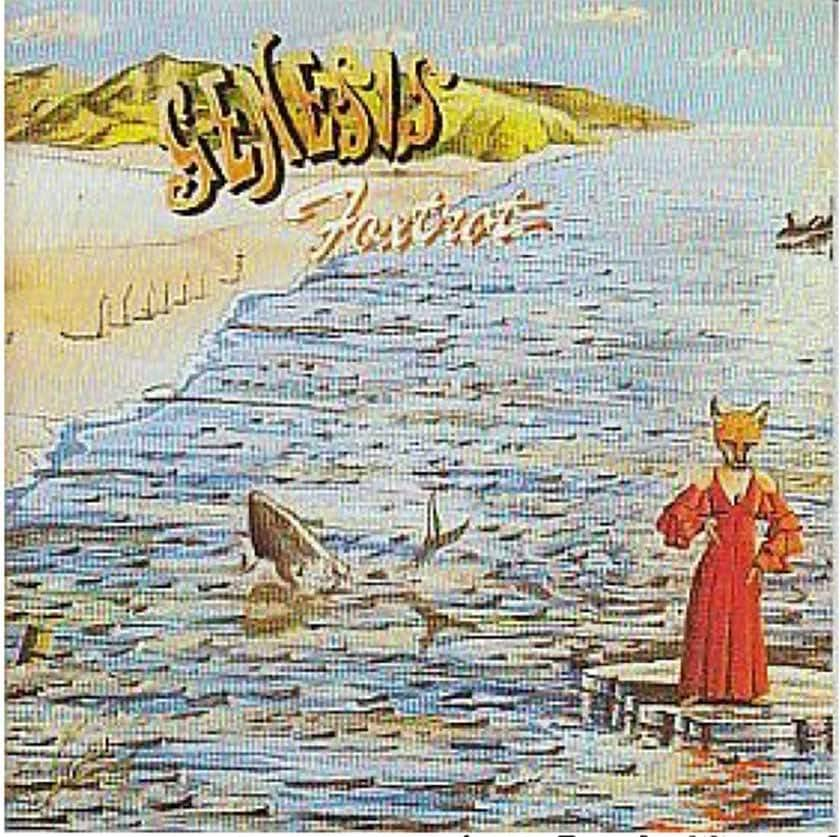
Genesis "Foxtrot" (1972)
Among them, bands such as Genesis and PFM (Premiata Forneria Marconi) have a strong classical element. PFM is an Italian band which included the participation of a violinist named Mauro Pagani, who develops classical Italian music. The well-known song "Celebration" is seasoned like an opera. Pink Floyd develops beautiful rock with an English interpretation of the blues feel rather than classical music. Dark Side of the Moon is well-known for being a long-selling masterpiece.
■ American Progressive Rock

Kansas "Leftoverture" (1973)
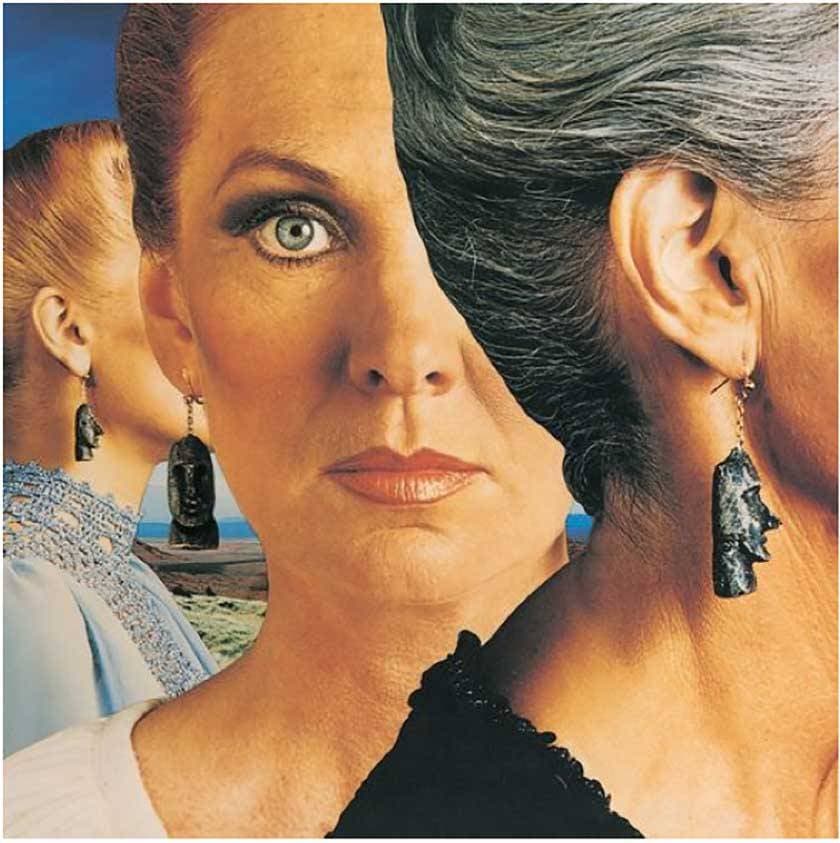
STYX "Pieces of Eight" (1978)
In the United States, "Kansas" and "STYX" followed the style of progressive rock.
The record jacket was designed by the British design team "Hypnosis", and the production was visually conscious of the touch of progressive rock.
■ Synthesizer function configuration (VCO, VCF, VCA, ADSR)
To explain the synthesizer in an easy-to-understand manner, it is roughly composed of four blocks: (1) VCO (voltage control oscillator) is the sound source (transmitter) (2) VCF (voltage control filter) processes the sound of VC0, (3) VCA (Voltage Control Amplifier) produces the processed sound to create the final sound, and (4) an envelope generator (Attack, Decay, Sustain, Release is abbreviated as ADSR) that determines the size, and the rise and fall of the sound.
■ LFO brings fluctuations to the synth sound
In addition to this, there is a LFO (Low Frequency Oscillator). The LFO has the function of "giving a wobble" to the VCO, VCF, and VCA. You can understand it if you think of the "wobble" as vibrato. Each block has a knob that determines the strength of "wobble" and modulation, and vibrato is applied when the VCA modulation level is increased. If you increase the modulation of the VCF, it will be called a growl effect, and it will sound like a wobbly amplified sound. Increasing the modulation of VCO produces a tremolo effect.
LFOs can add a musical expression to the sounds of synthesizers, which are said to sound inorganic.

■ The VC0 (Voltage Control Oscillator) sets the synthesizer waveform, pitch, etc.
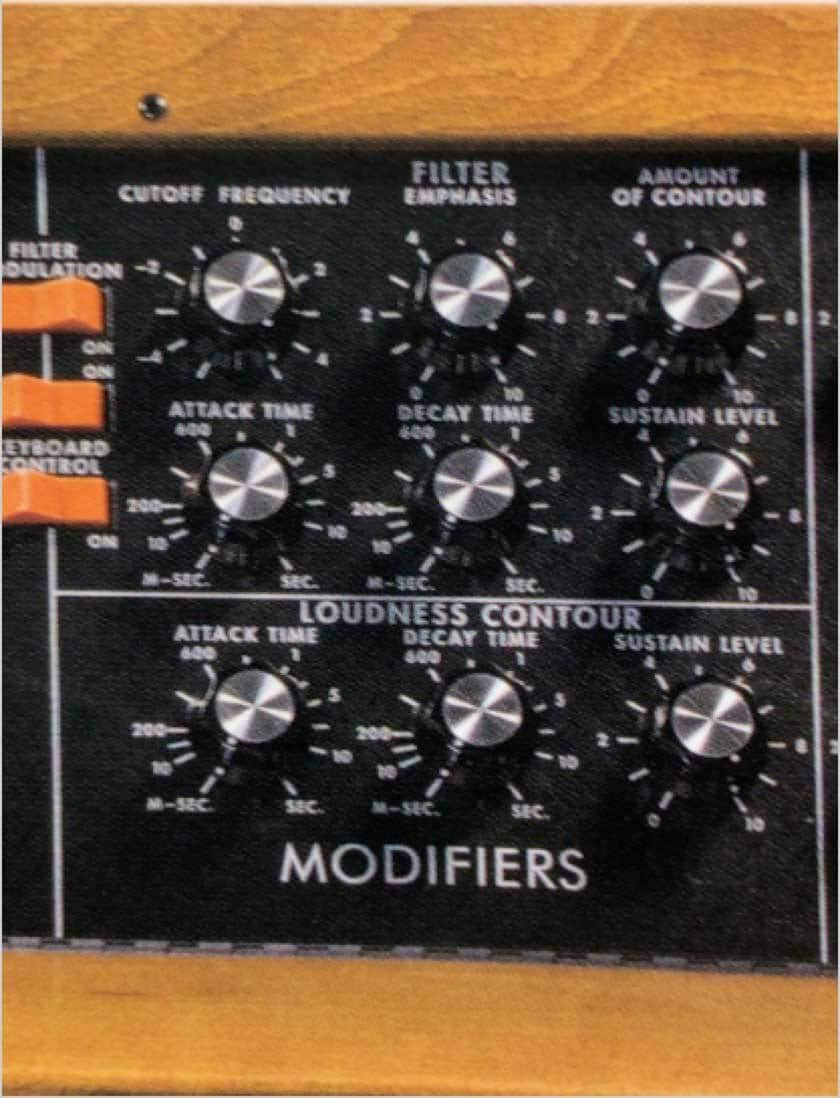
The VCO (Voltage Controlled Oscillator) is the place to select the waveform of the synthesizer sound.
(1) Sawtooth wave: It is the most synthesizer-like “sticky” sound.
(2) Square wave: Imagine a wind instrument-like or horn-like sound. This square wave (pulse wave) has a function called pulse-wise modulation that reduces the width of the square pulse wave. By applying pulse-wise modulation, the horn-like sound changes to a slightly stuffy sound.
(3) Triangle wave: A softened sawtooth wave. Imagine a flute-like sound.
The image of the sound you want to make begins with determining the waveform of the oscillator. In addition to the waveform settings, set the pitch. Set octaves such as 32 feet, 16 feet, 8 feet, 4 feet, and 2 feet(32 feet is low and smaller numerals are higher). The two Mini Moog VCOs are layered or the octave setting is changed to create a sound. The synthesizer's VCO also has a function that shifts the pitch, and even with the same sound, by slightly shifting the pitch, the sound can be made fuller and thicker. The Minimoog produces a waveform in which the VCO sound itself contains many overtones, and was loved by many musicians.
The LFO (Low Frequency Oscillator) functions to create vibrato and tremolo
The Minimoog has three VCOs, but this synth does not have an LFO, so if you want to apply vibrato or tremolo, use one VCO as the LFO.
■ The VCF (Voltage Control Filter) adds a unique characteristic to changes in the sound quality of synthesizers and sounds
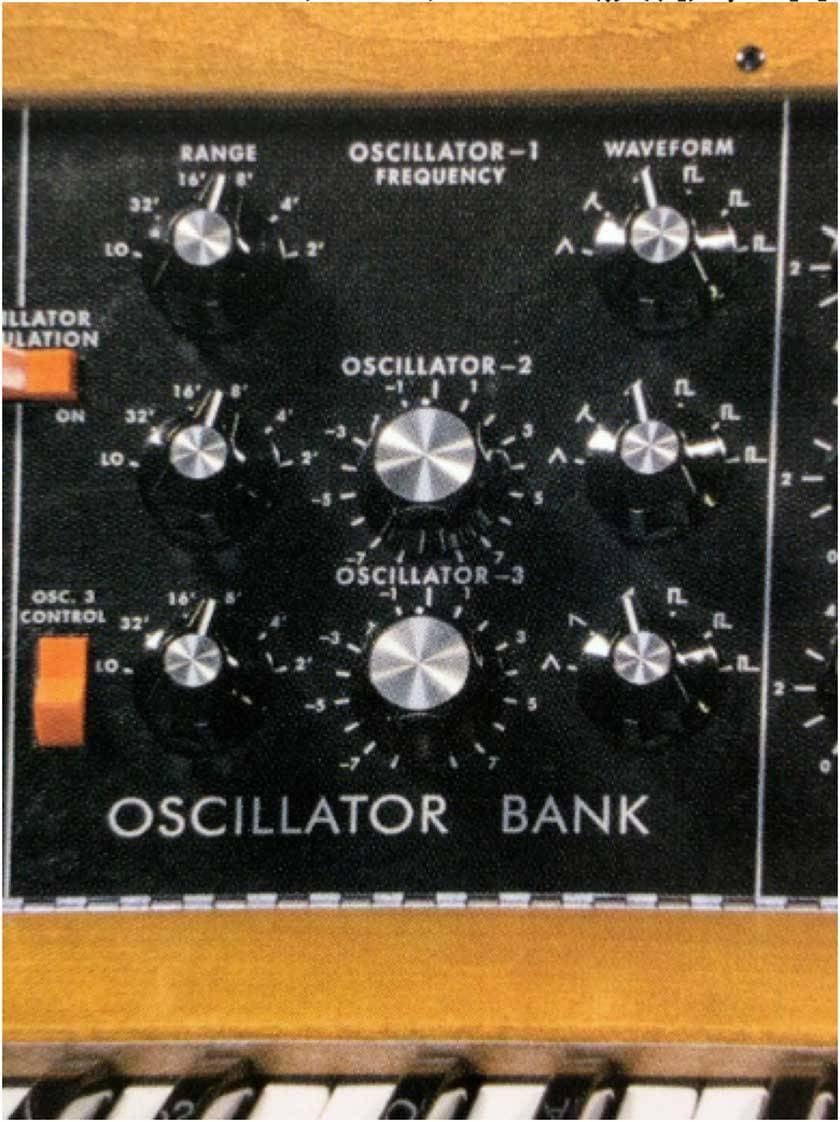
The VCF is the place where the VCO sound is filtered and changed. The VCF cutoff frequency and resonance settings determine the tone. Cut-off frequency (literally, frequency cut) is a function that cuts the high frequency range. Resonance (Moog is emphasis) has the function of accentuating the cutoff frequency.
A major feature of analog synthesizers is the wobbly sounds. This can be achieved by increasing the resonance. Whether it is a wobble, a bounce, or a splash depends on the cutoff setting and how the resonance is raised.
Cut-off frequency and resonance are two sides of the same coin. Raising the resonance emits sound and eliminates the sense of pitch. ELP’s "Pictures at an Exhibition", "That Sound" by Keith Emerson can be heard right after the bass solo in The Curse of Baba Yaga. The setting of the knobs for making or not making the sounds are delicate, and the setting around that area is where musicians have different tastes.
■ Summary
A synthesizer is a sound synthesizer that processes the sound of the oscillator, which is the sound source, with a filter and outputs the sound from the amplifier. Originally, an LFO is used to give fluctuations to the inorganic dial tone, and a low-pass filter is used to season the synthesizer-like sound. This process is the basis of the synthesizer.
In addition, a noise generator that emits noise is also added to the oscillator section of the Minimoog. Within white noise, you have shear and pink noise, and enables the player to make the sound of waves, wind, steam locomotives, thunder, etc. with this noise.Against this background, when the Minimoog came out in 1970, many people said that synthesizers were "dream machines that could make any sound." However, there is no such thing as "making any sound", and the sounds that could be used musically were limited. On the other hand, it is certain that some sounds can only be produced by synthesizers. For young musicians at the time, the emergence of synthesizers was a great tool to spearhead their musical manifestations.

























